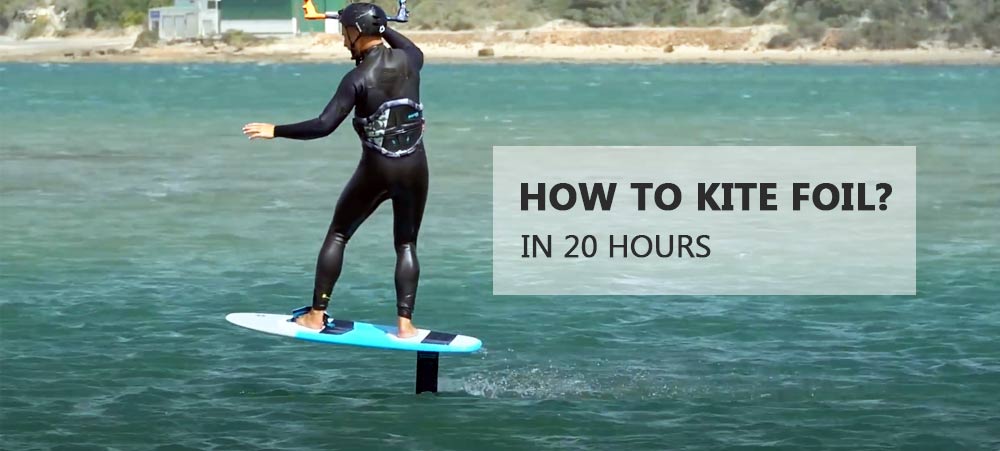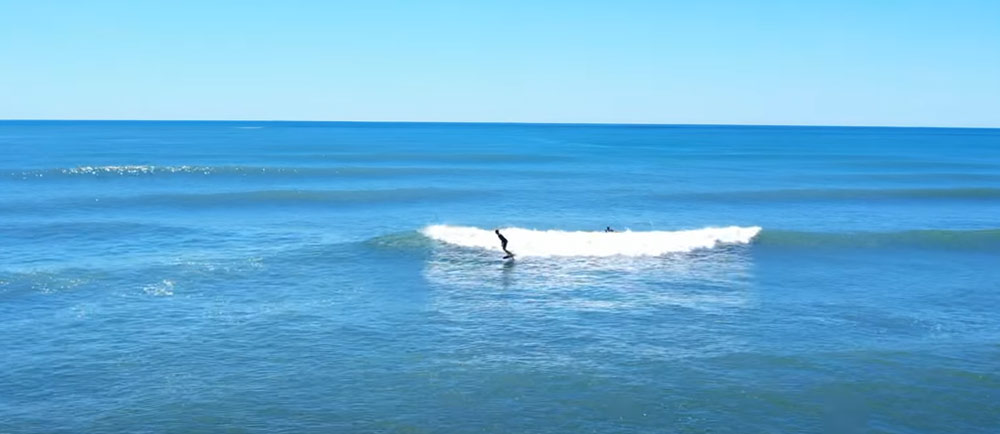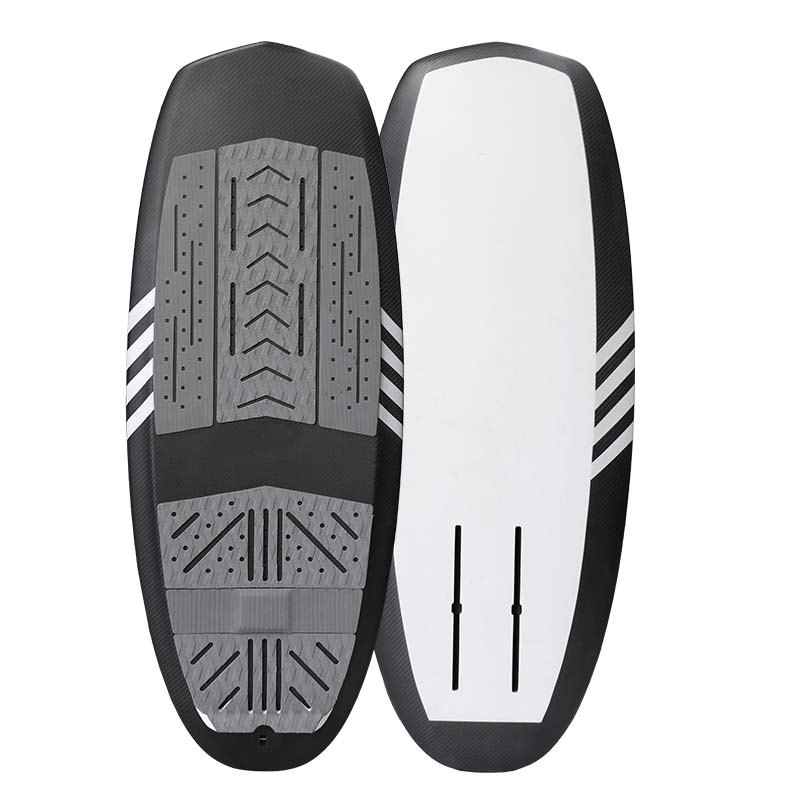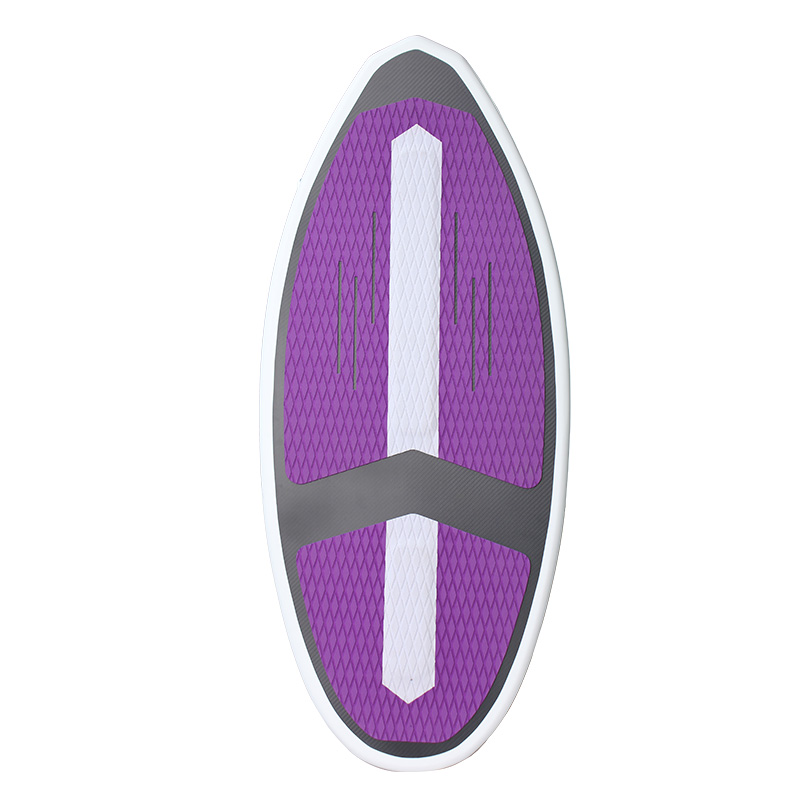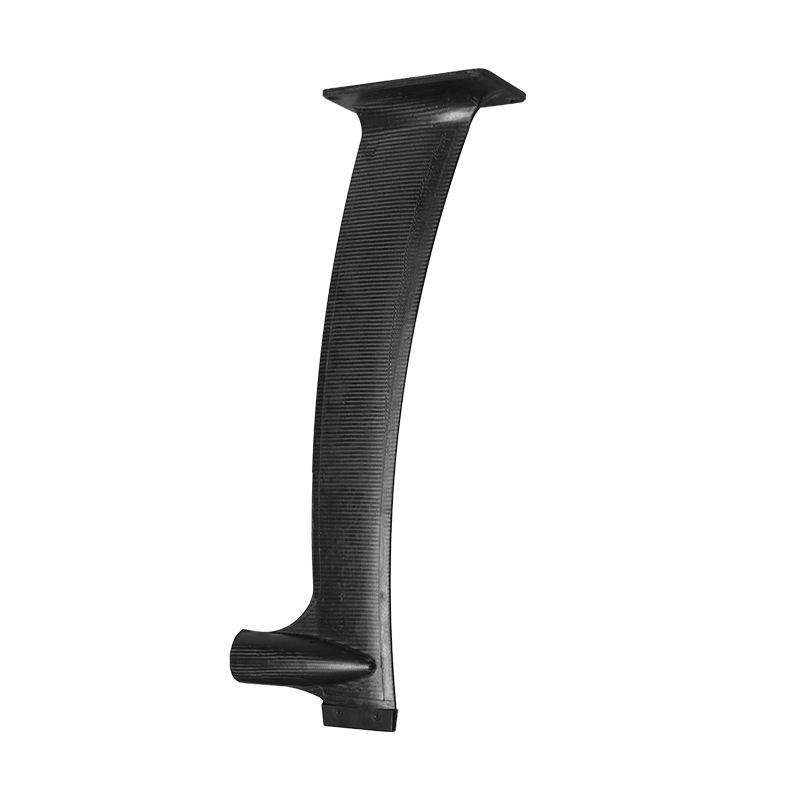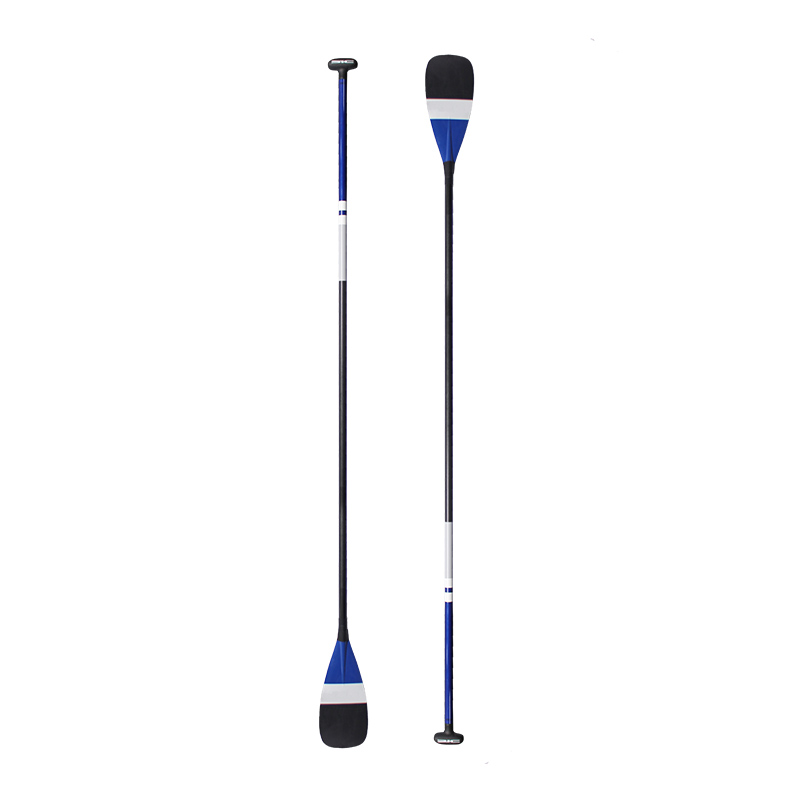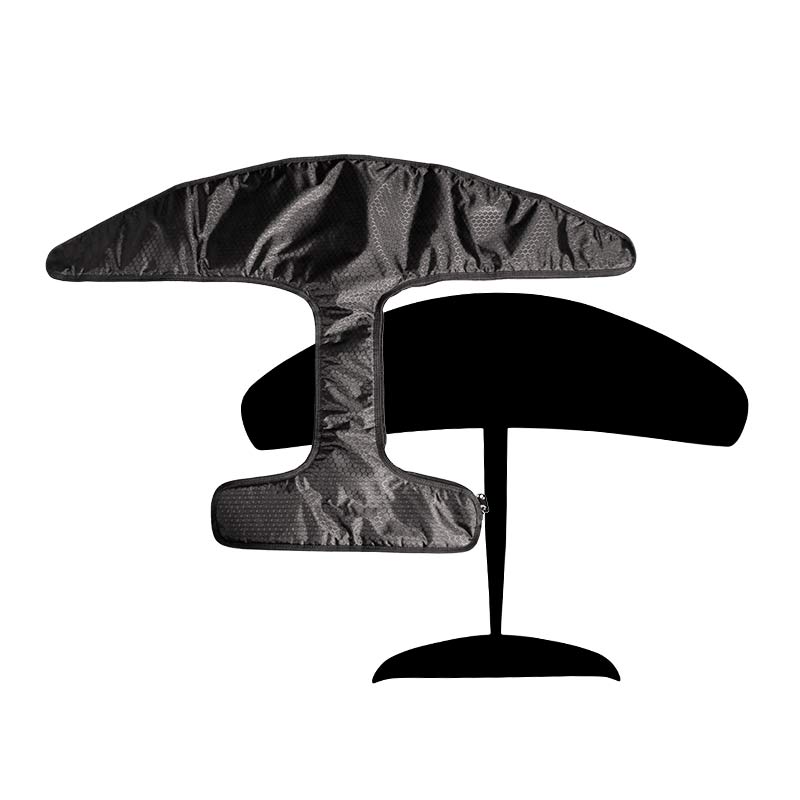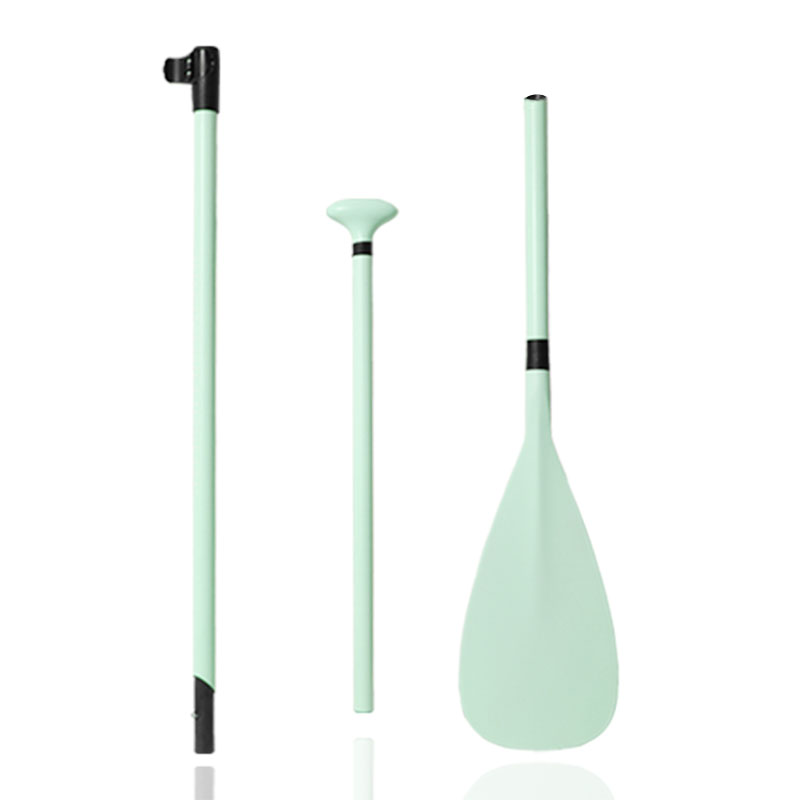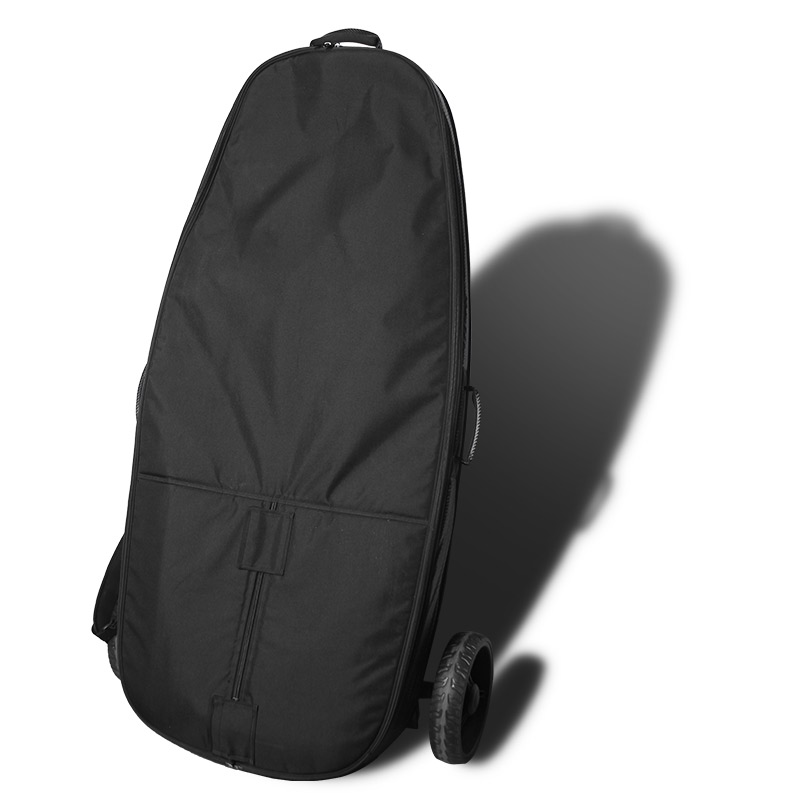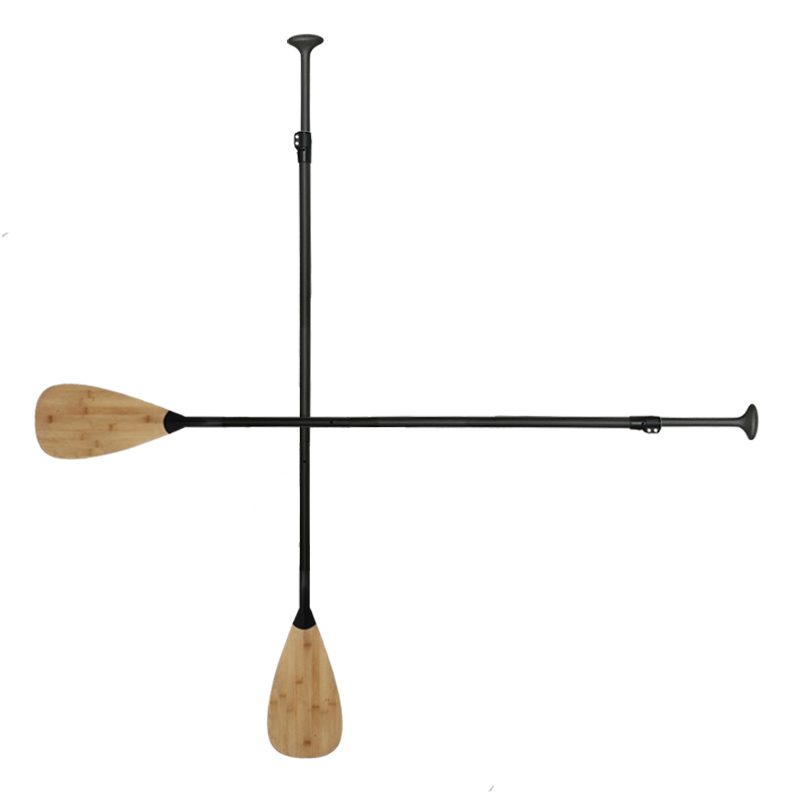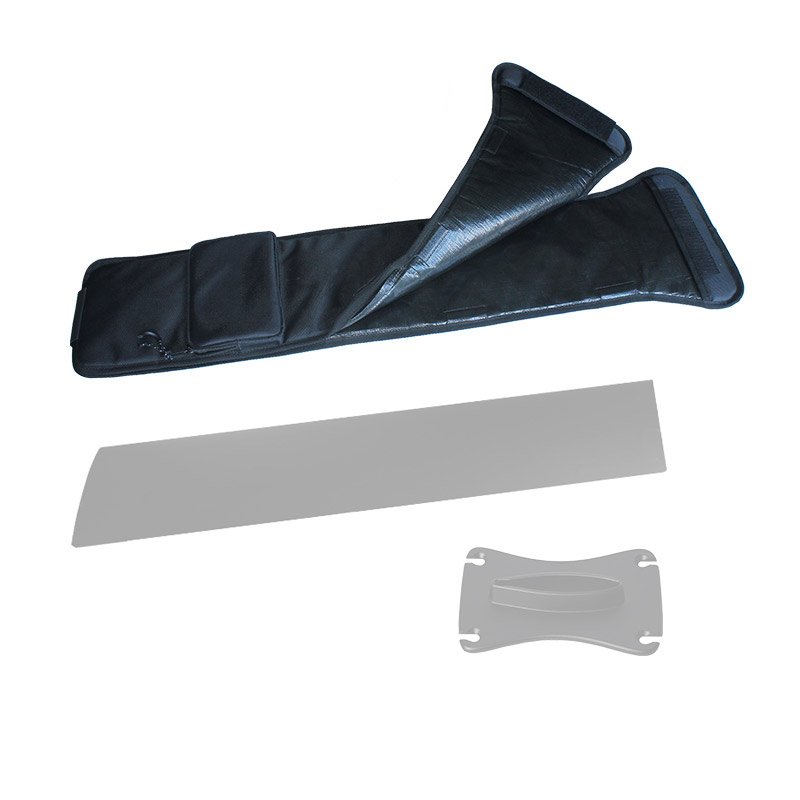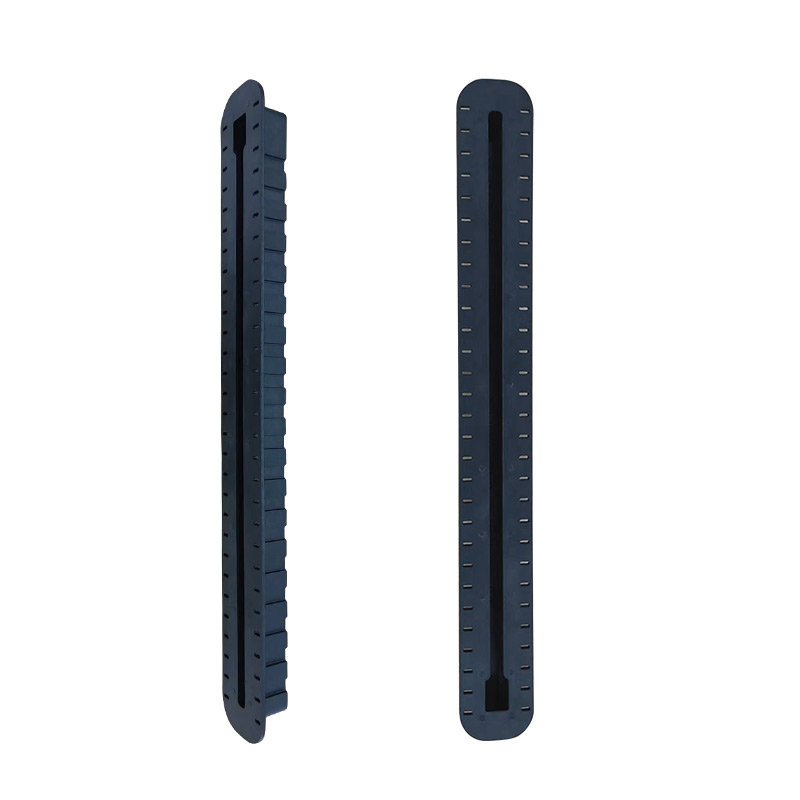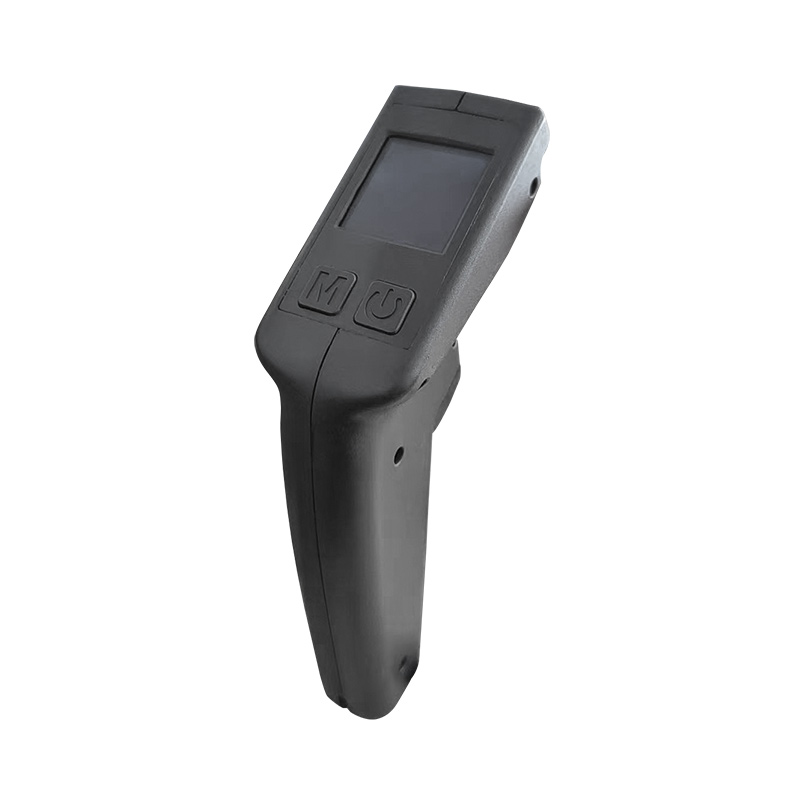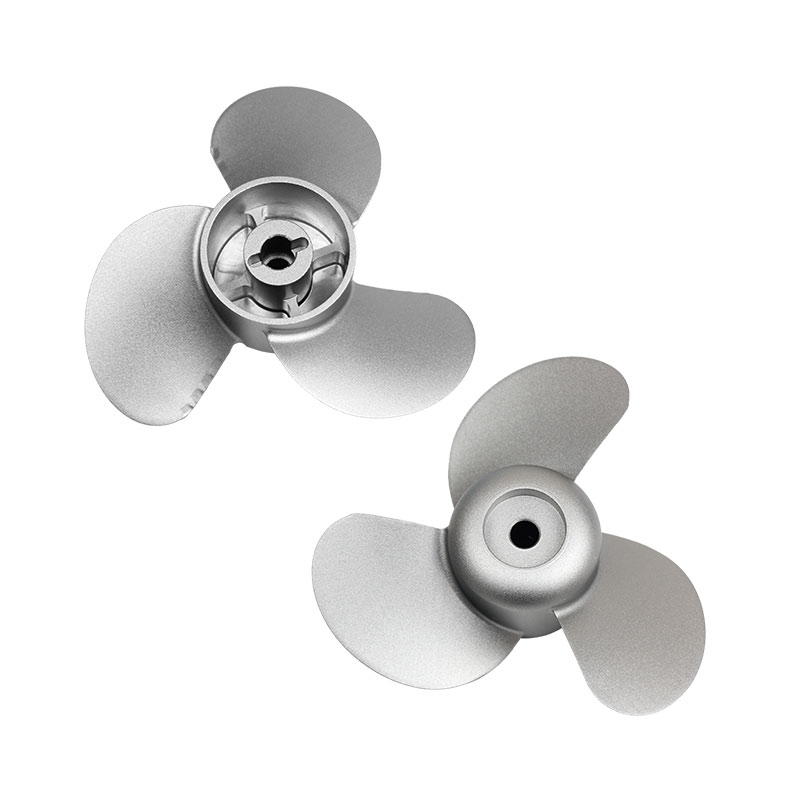Hydrofoil pumping is a crucial skill that every hydrofoil enthusiast must master. Whether you’re a beginner looking to enhance your performance or an experienced rider eager to push your limits, understanding the techniques and mechanics behind hydrofoil pumping can greatly improve your overall riding experience. In this blog post, we will delve into the intricacies of hydrofoil pumping, providing you with valuable insights and tips to elevate your hydrofoil game. And hope you will like it.
If need to buy the hydrofoil and pumping foilboard, welcome to contact us without any hesitation. Now, fasten your seatbelts, it’s going to be a bumpy ride!
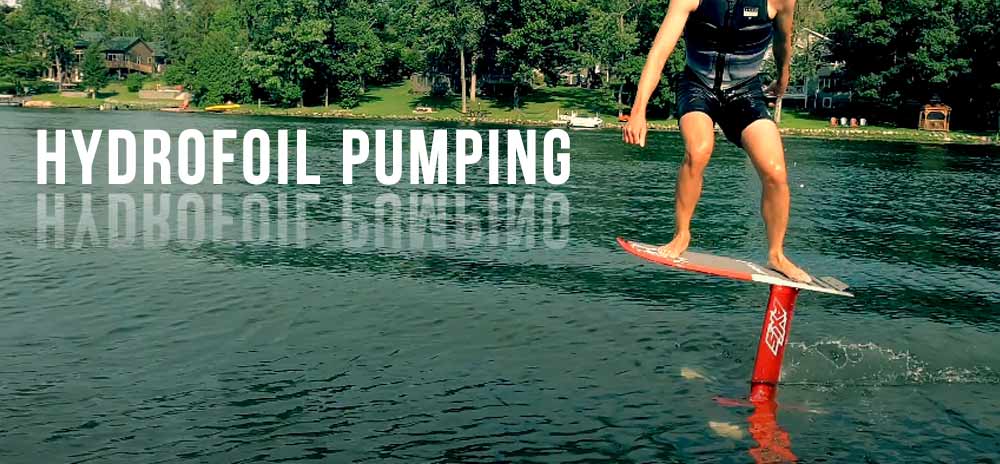
The Mechanics of Hydrofoil Pumping:
Hydrofoil pumping involves utilizing a combination of body movements, weight shifting, and rhythmic pumping motions to generate lift and maintain speed on the hydrofoil board. By skillfully manipulating the hydrofoil and your own body dynamics, you can harness the power of the water and effortlessly glide above its surface.
1. Body Positioning:
Maintaining the correct body position is crucial when it comes to hydrofoil pumping. Start by positioning your weight towards the front of the board to engage the hydrofoil efficiently. Keep your chest and head raised, but your knees slightly bent to maintain balance and stability. By distributing your weight evenly, you can quickly respond to changes in water conditions and adjust your pumping technique accordingly. Remember, the body positioning is the base and also very important for the pumping, if don’t know how to do it, you also can check the video on Youtube to learn the detailed positioning.
2. Rhythmic Pumping:
Hydrofoil pumping is all about rhythm. In order to generate continuous lift, it’s essential to establish a smooth and consistent pumping motion. Begin by bending your knees and using your legs and ankles to push the board down in a pumping motion. As the hydrofoil descends into the water, extend your legs and transfer your weight back onto the board. Repeat this pumping action in sync with the waves or the energy of the water to maintain speed and sustain lift.
3. Power Transfer:
To maximize the efficiency of your hydrofoil pumping, it’s important to understand the transfer of power between your body and the hydrofoil. Focus on transferring the upward force generated by your pumping motion into the hydrofoil by applying pressure through your feet and legs. This effectively converts your body’s energy into forward propulsion, allowing you to glide effortlessly across the water surface.

Tips for Mastering Hydrofoil Pumping:
You know, if want to control the hydrofoil pumping well, the skill and experience are also important. Here are some tips for the act of learning.
1. Practice Makes Perfect:
If you want to be successful, repeated practice is essential. Therefore, it is important to adjust your attitude and be patient before you start learning. Consistent practice is key to mastering hydrofoil pumping. Devote dedicated time to honing your pumping technique by gradually increasing the duration of your sessions. Remember, the more time you spend on the water, the more familiar and comfortable you become with the dynamics of hydrofoil pumping.
Remember: you will definitely need to go through many falls before you master the technique and glide further. So before that, all failures are normal.
2. Observe and Learn:
Watch experienced hydrofoil riders in action and observe their pumping technique. Pay attention to their body positioning, pumping rhythm, and power transfer. By analyzing and incorporating their best practices into your own riding style, you can expedite the learning process and accelerate your progress. I suggest you go outside and talk with other pumping foil riders as well as learn from them. Because it is better than you see the video on the website. And you can learn faster.
3. Experiment and Adapt:
Your body type and riding style will influence your ideal hydrofoil pumping technique. For example, taller riders may benefit from a wider stance, while shorter riders may prefer a narrower stance. Similarly, riders who prefer a more aggressive style may find that a faster pumping cadence is more effective, while riders who prefer a more relaxed style may find that a slower cadence is more comfortable.
The best way to find the right hydrofoil pumping technique for you is to experiment. Try different combinations of timing, positioning, and power transfer until you find what works best. There is no one-size-fits-all approach, so don’t be afraid to try new things and find what works best for you.
With a little experimentation, you can find the right hydrofoil pumping technique for you and start enjoying the benefits of this exciting sport.

Conclusion:
In the exhilarating world of hydrofoil riding, mastering the art of hydrofoil pumping is essential for achieving smooth glides, sustained lift, and ultimate control. By understanding the mechanics and techniques behind hydrofoil pumping, along with consistent practice and a willingness to learn, you can elevate your hydrofoil experience to new heights. So, gear up, hit the water, and let your pumping skills propel you into a realm of unparalleled excitement and adventure!

